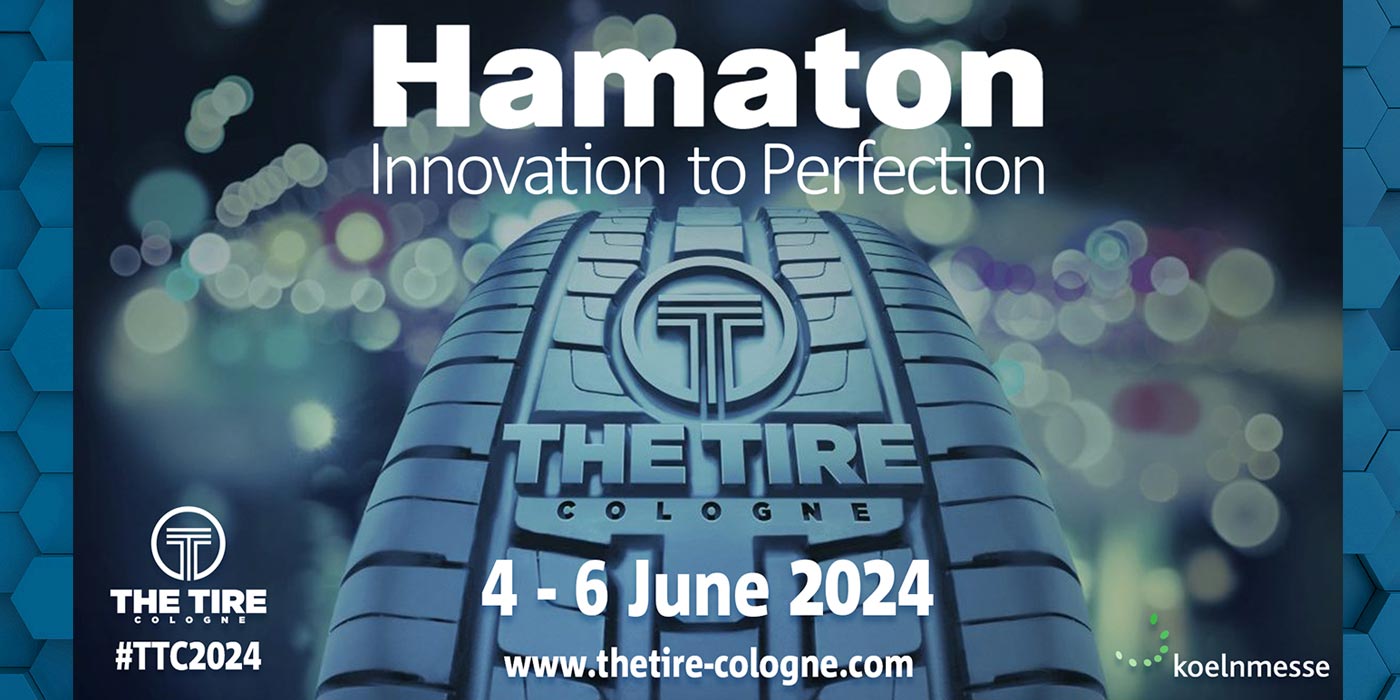Safety of consumers, liability claims and “come-backs” are on the forefront of the minds of those who service and supply tires. These concerns are individually valid and altogether connected by the idea of compliance. Compliance is important and should be addressed at the shop level, starting with the basic questions, “What is compliance?” and “why is it so important?”
Compliance is operating in accordance with established guidelines. There are two types of compliances: external and internal. External compliances are laws put in place that all businesses must adhere to and are enforced by governmental organizations, like the National Highway Traffic Safety Administration (NHTSA). In the case of tire pressure monitoring systems (TPMS), the TREAD Act was put in place as an external compliance. Amongst other mandates, the TREAD Act states that TPMS must be installed on all vehicles manufactured after Sept. 1, 2007 and that a shop cannot knowingly disable a TPMS system. In simpler terms, if a vehicle enters a shop with the TPMS light on, it can leave with the light on. If a vehicle comes in with the TPMS light off, it cannot leave with the TPMS light on.
In contrast to external compliances, internal compliances are procedures put into place to ensure that the business meets these external compliance litigations. Internal compliance establishes safe practices by technicians and guarantees proper service. This decreases potential returns and also keeps shops efficient and profitable when servicing TPMS. Complying with a standard operating procedure (SOP) is one of the easiest ways to ensure that shops remain consistently compliant; however, there are many additional steps every shop can take to further ensure they are internally compliant when servicing TPMS.
When compliance is not reached, it can result in confusion, unnecessary costs, incomplete service, unhappy customers and potentially unsafe vehicles. In addition, the lack of safety and compliance procedures increases risk of shop liability.
We recommend these four steps to achieve compliance:
1. Develop standard operating procedures (SOP) for TPMS to be utilized across your organization. Create step-by-step SOPs for your service advisors and technicians. An SOP ensures that all proper steps are taken every single time a TPMS is serviced, including Test Before Touch, which helps ensure your shop does not become liable for pre-existing issues.
2. Educate service advisors, technicians and drivers on the importance and benefits of a properly functioning TPMS system. Too often, TPMS is considered to be a nuisance, when it should be seen as the proven safety device that it is. If we as an industry stay positive about TPMS, that message will be passed down to the driver. Study the benefits and start singing their praises to your staff and customers.
3. Only use OE-quality products from an OE manufacturer. Never sacrifice quality and safety to cut costs. This is especially important when servicing safety-driven products. Airbags, seatbelts, TPMS and other products must always be serviced exactly the way they were designed. No steps missed, no corners cut, no unreliable products.
4. Find a TPMS partner that can provide training and support at all levels, including marketing, sales, inventory levels and best practices. Like most advanced technology, TPMS is always improving and changing. Having the right partner will ensure your shop has everything needed to succeed in TPMS.
TPMS is a mandated safety system that should be serviced and maintained the way it was designed, ensuring customer safety. TPMS is here to stay. Take the time to invest in compliance and create a safe, reliable and profitable TPMS program. With these simple steps, you can transform reaching for compliance into achieving compliance!
READ MORE: Top 3 Common TPMS Problems & Their Solutions
READ MORE: Servicing Wheel Bearings and Wheel Speed Sensors
Jacki Lutz is the Global Head of Communications, Training and E-Commerce for Schrader TPMS Solutions, a global leader in TPMS. She is a TIA ATS instructor and serves on a variety of industry boards.













